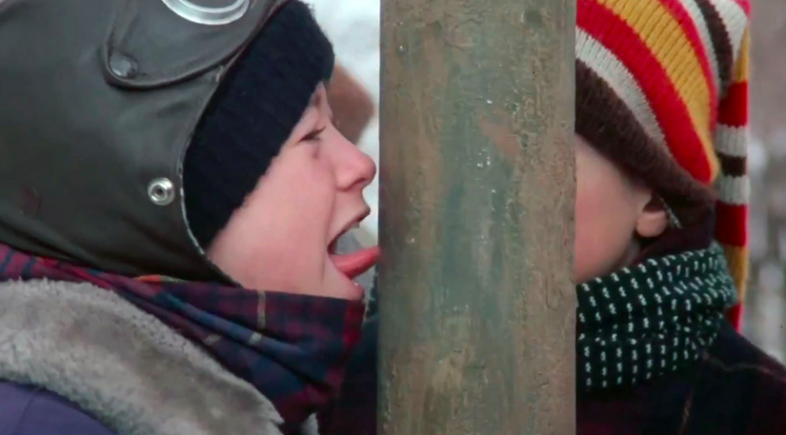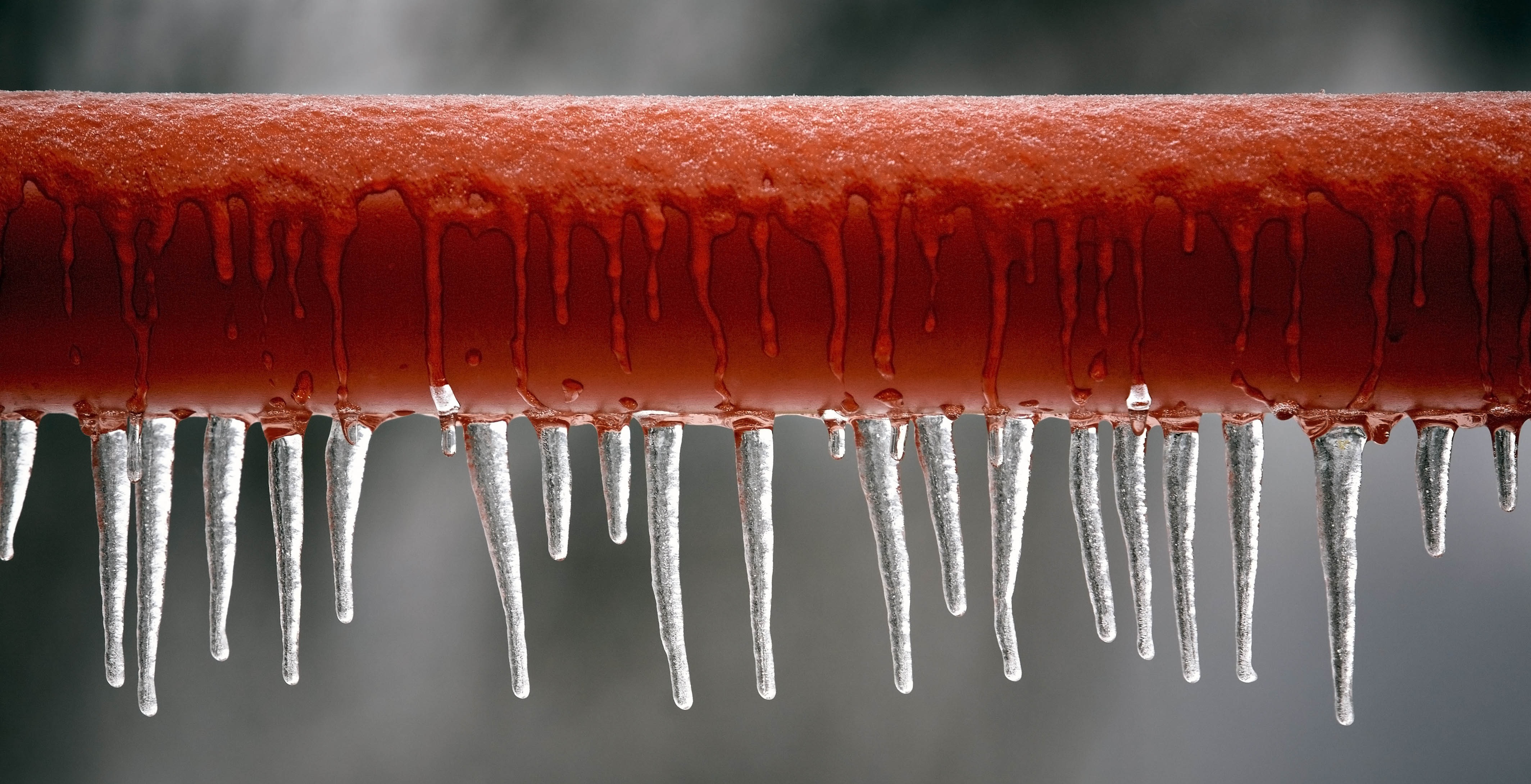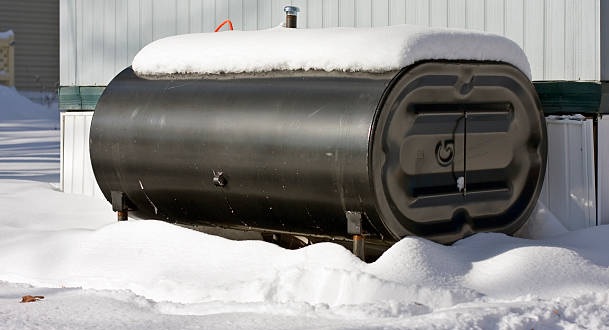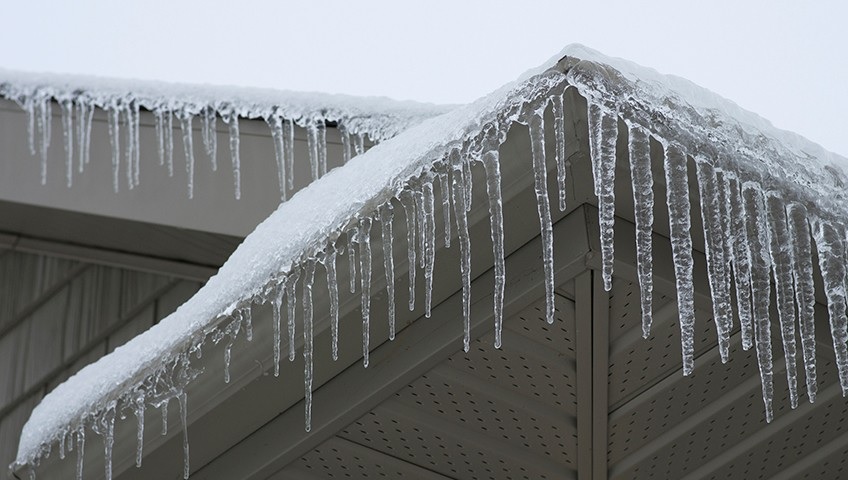Welcome to Winter in New York, where even a bomb cyclone can’t stop us from our everyday activities. But with Winter comes freezing temperatures that can do some serious damage to your home. Here at Green Art, we are no strangers to the Woes of Winter.
FROZEN PIPES
Step 1: Don’t panic.
- Check each faucet in the house – if no water runs or only a trickle, it’s highly likely you have frozen pipes. Water expands when it freezes, so turn on all the affected faucets to open up the flow which will relieve pressure on the pipes. If some faucets are running fine, you’ll want to allow them to drip to prevent those pipes from freezing as well.
- Turn up the heat! Heating your home warmer than usual will help the pipes thaw. If you have a space heater, aim it toward the pipes but not too close as it could get wet when the water starts to flow.
- Check the pipes in your basement and you may find the frozen area where frost has accumulated or the pipe may just feel cold in a certain spot. A hair dryer or hot towel can help thaw the area. DO NOT use any open-flame devices or gas heaters as these can damage pipes and create a house fire.
- If you notice any puddles or leaks, immediately shut off the main water valve and call a plumber. A good way to test if there are any leaks is to note the number on your water meter, do not use any running water, and check the meter again 30 minutes later. If it shows any water was used, call a plumber.
- Pipe burst? Shut off the main water valve and call the plumber. It’s also a good idea to call your insurance company and take photos of the damage.
If for any reason you cannot access your pipes to check for any leaks or bursts yourself, do not hesitate to call a professional plumber.
BE PROACTIVE
Before any pipes freeze, you’ll want to take these precautions:
- Know where the main water valve is so that you can turn it off immediately if a pipe leaks or bursts.
- Make sure your home is properly insulated, especially exposed pipes in colder places like basements, garages, and attics. You’ll want to individually wrap these pipes with insulators.
- Keep an eye on the weather forecast. Keep the thermostat at a few degrees higher than you usually would if the temperature goes below freezing and let your faucets drip overnight.
- Let the warm air hit the pipes underneath the sink by keeping cabinet doors open.
- Install a Smart WIFI Thermostat so that you can raise the temperature when you’re not home.
- A LeakSmart system will detect any leaks and automatically shut off your water to prevent any damage to your home.
- Pipe heating cables will prevent pipes from freezing.
- If you’re into DIY, learn how to repair a burst pipe to avoid costly repairs.
OIL TANK FREEZING
NOTE: DO NOT tamper with your heating unit. Always consult a certified heating technician.
Here are some ways to prevent oil freezing:
- Change your fuel filter at the beginning of each Winter.
- Insulate your fuel line and protect it from the cold by wrapping or spraying it with insulation. Consult a heating unit expert to determine the best kind of insulation to safely protect your line.
- Shelter your outdoor heating oil tank by building a shed around the unit to protect it against cold and windy weather. Insulate the walls of your shed for additional protection.
- Bury your oil line to use the ground to naturally insulate the lines as snow and frost can freeze above-ground lines, leading to waxing.
- Installing a wider fuel line can prevent a wax blockage by allowing the fluid oil to reach your igniter, however it doesn’t protect your heating oil from colder temperatures.
- Use blended heating oils (a mix of diesel and kerosene) to lower the cloud point and the gel point of the heating oil. Ask your oil supplier if this is an available option before colder temperatures hit. If not, they may be able to recommend the proper amount of kerosene to add to your tank. DO NOT add kerosene to your tank without consulting a heating unit technician first.
- Routine maintenance and professional cleaning services can make sure that your tank is free of sludge and water. This will prevent clogging, rusting, and bacterial buildup. Prevention is generally less expensive than repair, so it’s worth the extra expense to avoid any disasters down the road.
FROZEN GUTTERS
As you protect your home from Mother Nature during the Winter, don’t forget to defend your gutters:
- Clean out your gutters to prevent debris build-up.
- A gutter cover helps eliminate debris so ice cannot latch onto anything inside your gutters.
- Self-regulating heated cables can warm the gutter when the temperature drops below a certain level, which allows the surface to stay warm enough to prevent ice from forming.
- Calcium chloride inside the gutters and on the edge of roof shingles can inhibit ice formation. DO NOT use rock salt as it can corrode the gutter and cause harm to animals and vegetation when the ice melts.
- Dump hot water in your gutters to melt the ice. Unless you can somehow run a hose from a hot water source, you’ll have to use large containers to repeatedly dump the water where it needs to go. This can be time-consuming and if any residual water stays inside your gutters, it could refreeze.
- Hire a professional. The results are guaranteed, but the cost can run you several hundred dollars.
WHAT NOT TO DO:
- Break up the ice with a hammer.
- Use a hatchet, axe, or shovel to break up the ice.
- Using a blowtorch to melt the ice.









Great ad , gives home owners ideas what to look for n where to find solutions, great job
Thank you, Dave! We want our readers to be informed so that they can make the proper decisions for a safe and efficient home.